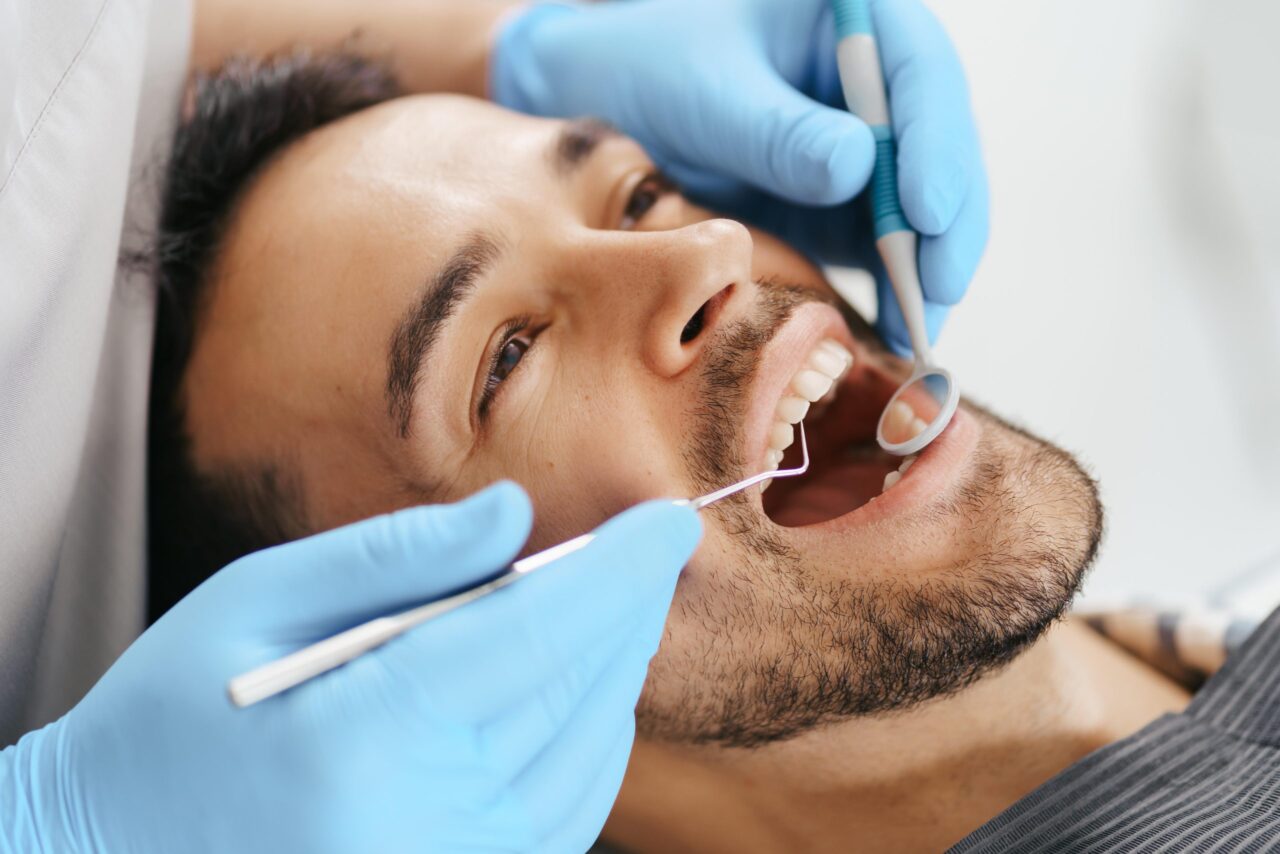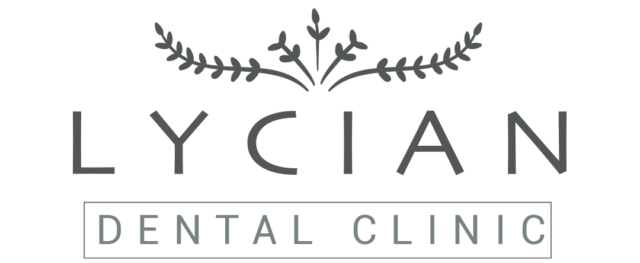Sinus lifts, also known as sinus augmentation or sinus grafting, are essential procedures in dental implantology. They address the issue of insufficient bone height in the upper jaw, particularly in the posterior maxilla, where the sinus cavity can impede successful dental implant placement. This article explores the techniques and procedures involved in sinus lifts, highlighting the nuances that make this procedure both complex and effective.
Understanding the Need for Sinus Lifts
Before diving into the techniques, it’s crucial to understand why sinus lifts are necessary. The maxillary sinuses are air-filled spaces located above the upper back teeth. When teeth are lost in this region, the bone that previously supported these teeth begins to resorb or shrink over time. Additionally, the sinuses tend to expand downward into the space where the bone used to be, further reducing the available bone height for implant placement. A sinus lift increases the amount of bone in this area, providing a stable foundation for dental implants.
Preoperative Planning
Successful sinus lift procedures begin with meticulous preoperative planning. This involves:
- Diagnostic Imaging:
- Cone Beam Computed Tomography (CBCT) scans provide detailed 3D images of the patient’s sinus anatomy, bone quality, and quantity.
- Panoramic X-rays offer a broad view of the upper jaw and sinuses.
- Medical History Review:
- Assessment of the patient’s overall health and any sinus-related issues, such as chronic sinusitis, is crucial.
- Treatment Planning:
- The dentist or oral surgeon evaluates the need for bone graft materials and determines the appropriate sinus lift technique based on the available bone height.
Techniques for Sinus Lifts
There are two primary techniques for performing a sinus lift: the lateral window technique and the osteotome (or transcrestal) technique.
- Lateral Window Technique: This is the most common and versatile sinus lift method, especially for patients with less than 4-5 mm of existing bone height.
Procedure:
- Incision and Flap Creation: A small incision is made in the gum tissue to expose the lateral wall of the maxillary sinus.
- Window Creation: A small, rectangular window is carefully made in the lateral sinus wall using a drill or piezoelectric device, ensuring minimal trauma to surrounding tissues.
- Membrane Elevation: The sinus membrane (Schneiderian membrane) is gently lifted away from the sinus floor, creating a space.
- Graft Placement: Bone graft material is packed into the space created under the elevated membrane. This can be autogenous bone (harvested from the patient), allogeneic bone (from a donor), xenogeneic bone (from an animal), or synthetic materials.
- Closure: The gum tissue is sutured back into place, and the area is allowed to heal.
- Osteotome Technique: Also known as the transcrestal or internal sinus lift, this technique is less invasive and suitable for patients with at least 5-6 mm of existing bone height.
Procedure:
- Initial Drilling: A pilot hole is drilled at the site of the future implant.
- Osteotome Use: Specialized osteotomes (instruments with blunt, chisel-like tips) are used to incrementally lift the sinus floor by tapping them through the prepared hole.
- Membrane Elevation: The sinus membrane is gently pushed upward without perforation.
- Graft Material: Bone graft material is inserted through the osteotomy site.
- Implant Placement: In some cases, the dental implant can be placed simultaneously with the sinus lift.
Postoperative Care and Healing
Postoperative care is crucial for the success of a sinus lift procedure. Key aspects include:
- Medications:
- Antibiotics to prevent infection.
- Anti-inflammatory medications to reduce swelling.
- Pain relievers to manage discomfort.
- Instructions:
- Avoid blowing the nose or sneezing forcefully to prevent dislodging the graft.
- Follow a soft food diet initially to avoid pressure on the surgical site.
- Maintain excellent oral hygiene to prevent infection.
- Follow-up Visits:
- Regular check-ups to monitor healing and ensure the graft material is integrating with the natural bone.
Healing typically takes about six months, after which dental implants can be placed if they were not inserted during the initial sinus lift procedure.
Complications and Management
While sinus lifts are generally safe, potential complications include:
- Sinus Membrane Perforation:
- Most common complication, managed by repairing the membrane with a collagen membrane or allowing it to heal spontaneously.
- Infection:
- Managed with antibiotics and close monitoring.
- Graft Material Displacement:
- Rare but may require additional surgery to correct.
The Expertise of Lycian Clinic in Sinus Lifts
The Lycian Clinic in Turkey is renowned for its proficiency in performing sinus lifts. Here’s how the clinic excels:
- Advanced Technology: The clinic is equipped with state-of-the-art diagnostic and surgical tools, including CBCT and piezoelectric devices, ensuring precision and safety.
- Experienced Surgeons: The team comprises highly trained oral surgeons with extensive experience in sinus augmentation procedures, ensuring high success rates and minimal complications.
- Comprehensive Care: The Lycian Clinic provides a holistic approach to patient care, from preoperative planning to postoperative follow-up, ensuring optimal outcomes.
- Patient-Centered Approach: The clinic prioritizes patient comfort and education, ensuring patients are well-informed and comfortable throughout the process.
- Success Stories: Numerous satisfied patients attest to the clinic’s expertise in sinus lifts, highlighting improved oral function and aesthetic results.
Conclusion
Sinus lifts are vital for patients seeking dental implants in the upper jaw with insufficient bone height. The procedure involves meticulous planning and execution, utilizing techniques like the lateral window and osteotome methods. The Lycian Clinic’s expertise, advanced technology, and patient-centered approach make it a top choice for successful sinus lift procedures. By providing comprehensive care and leveraging their extensive experience, the clinic ensures patients achieve the best possible outcomes, paving the way for successful dental implant placement and enhanced oral health.


